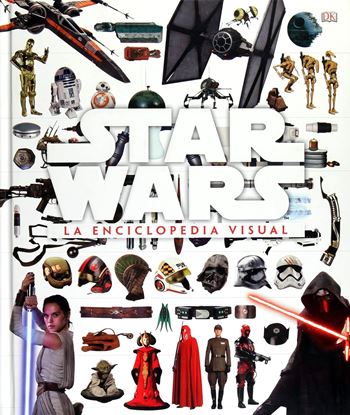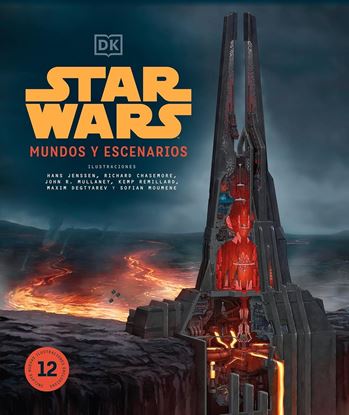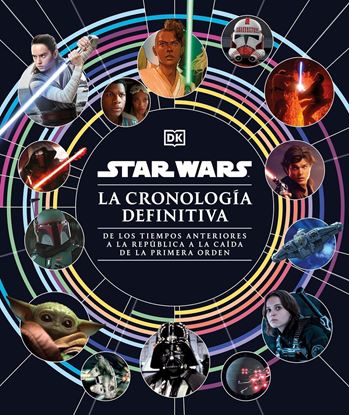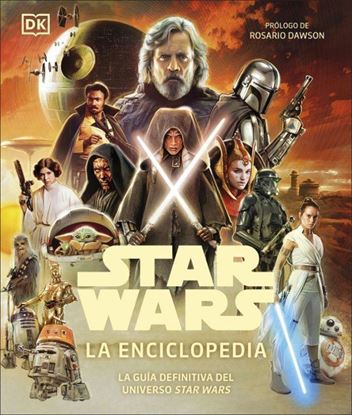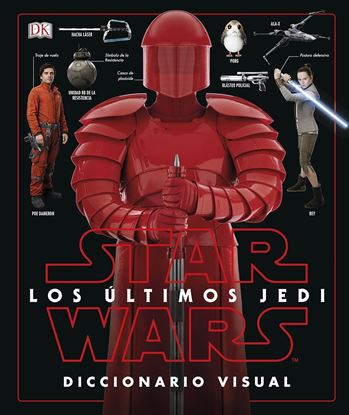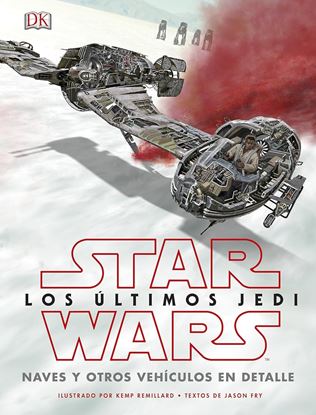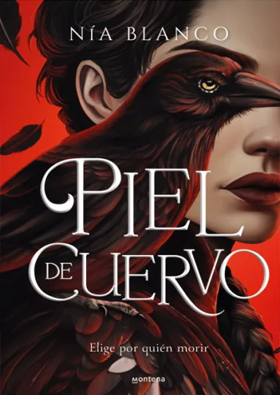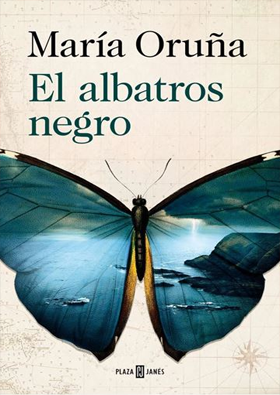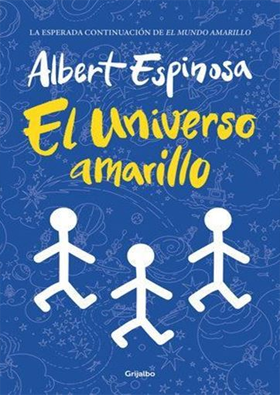

STAR WARS LA ENCICLOPEDIA VISUAL
Todos los secretos de la cultura, la ciencia, la tecnología en la geografía Star Wars™ mostrados de forma completamente visual en una galería de más de 2500 imágenes.
Este volumen cubre personajes, criaturas, planetas, vehículos, armas y tecnología entre otros muchos aspectos con explicaciones detalladas e increíbles detalles.
Con un recorrido por la historia política en la galaxia Star Wars, desde el Consejo Jedi al Imperio, cada sección de este libro en español de Star Wars se centra en diferentes temas prestando especial atención a los detalles de la saga sin importar lo pequeños que sean. Un libro imprescindible en la biblioteca de todos los fans de la saga.
- Recorre y explora toda la geografía de la galaxia
- Conoce todas las criaturas, especies animales y vegetales que habitan la galaxia
- Sumérgete en la historia y política galáctica
- Adéntrate en la cultura y las costumbres de la galaxia
- Descubre todo sobre las naves Star Wars y la tecnología galáctica
Todo ello en este libro de tapa dura de Star Wars, completamente visual.
1,995
1,596
STAR WARS MUNDOS Y ESCENARIOS. NUEVA ED
Explora los mundos de una galaxia muy muy lejana como no lo habías hecho nunca
Con más de 60 intrincadas ilustraciones a todo color y mapas 3D, explora lugares icónicos que dan vida a la saga Star Wars.
Esta edición actualizada ha sido completamente revisada e incluye las nuevas entregas de Star Wars junto a los cásicos: Los últimos Jedi, Star Wars: El ascenso de Skywalker, Rogue One: una historia de Star Wars, Han Solo: una historia de Star Wars, Star Wars: The Mandalorian y Star Wars: Andor.
Adéntrate en más de 60 inmersivas secciones transversales de lugares icónicos de Star Wars.
Compilado y escrito por expertos de Star Wars, este libro muestra fascinantes secretos sobre los mundos y escenarios de las películas y series de televisión.
2,350
1,880
STAR WARS. LA CRONOLOGIA DEFINITIVA
Un compañero indispensable para todos los seguidores de Star Wars, este libro muestra líneas de tiempo visuales que describen cronológicamente eventos, personajes y acontecimientos clave.
Rastrea conflictos cruciales, sigue la espada láser de Skywalker a medida que pasa de generación en generación, sé testigo de la evolución del icónico caza TIE a lo largo de diferentes épocas, indaga enlos planes de la Estrella de la Muerte a lo largo de los años y descubre múltiples líneas de tiempo que explican importantes batallas.
2,300
1,840
STAR WARS. ULTIMO JEDI DICCIONARIO VISUA
El Diccionario Visual de Star Wars. Los últimos Jedi presenta a todos los personajes, criaturas, droides, localizaciones y tecnología de la película.
Con más de un centenar de imágenes e información de la mano de Pablo Hidalgo, creador de contenidos de Star WarsTM, es un libro imprescindible para todos aquellos fans que quieren ir más allá de la experiencia cinematográfica.
1,350
1,080
STAR WARS. ULTIMOS JEDI NAVES Y OTROS
Este fantástico libro muestra por dentro trece vehículos de la película Star Wars. Los últimos Jedi.
Cada vehículo se ilustra a todo color y va acompañado de leyendas que describen todos sus rasgos relevantes.
Estas ilustraciones, junto con un exhaustivo texto, hacen de este volumen una de las mejores guías para la nueva incursión en la galaxia Star Wars.
1,350
1,080


